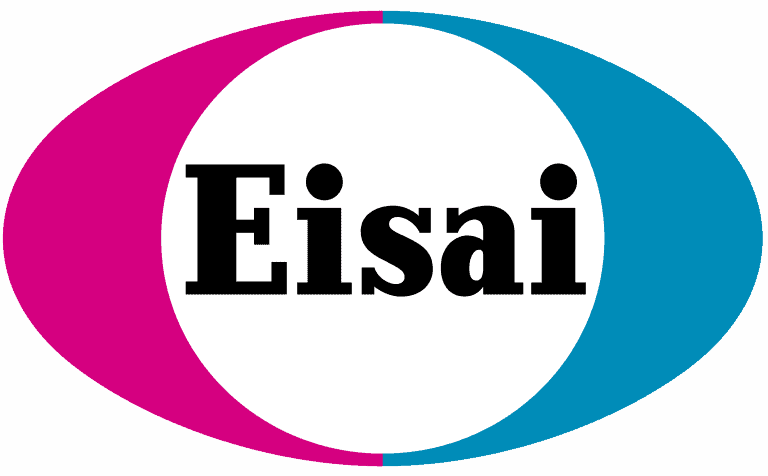Gaia Colasante, PhD – Universita Vita-Salute San Raffaele
Reactivating Scn1a gene in different interneuron subtypes to dissect their contribution to Dravet syndrome phenotype
Research Grant – 2 years, $150,000
Grant Summary: Dravet syndrome (DS) is a devastating epileptic syndrome with associated relevant behavioral alterations. Heterozygous mutations in Scn1a gene account for the disease and its gene product, the sodium channel Nav1.1, is relevant for neuronal activity. For many years this channel has been considered essential only for the activity of GABAergic interneurons, that are the main source of inhibition in the brain. However, it is now that it was just a simplicist view of the pathology. In fact, in DS mouse models this dysfunction seems to be only the trigger of the disease while more complex mechanisms underlie its progression. The present project aims to shed light on those mechanisms, with a particular interest in the understanding of the contribution of the different GABAergic interneuron subtypes to the pathogenesis. We will employ a novel mouse model we recently generated, a reversible mouse model of DS. Those mice are born with the disease, but exploiting a genetic strategy, we can restore the exact gene dosage selectively in the desired neuronal population. In this set of experiments, we will restore Nav1.1 normal level in interneuron subtypes, and we will investigate the effect on the main aspects of Dravet phenotype, including SUDEP, seizures and behavioral alterations. We will also analyze how neuronal activity at circuit level changes upon selective Scn1a gene reactivation in those neuronal populations. We believe that the results of this study will advance the knowledge in the field and, most importantly, will provide information relevant for the setting of more efficient gene therapy strategies.
About the Investigator: Dr. Gaia Colasante earned her degree in Biotechnology at University of Milan and her PhD in Neuroscience and Molecular Medicine at University Vita-Salute San Raffaele working in Dr Vania Broccoli Lab. She was interested in forebrain development and in particular she dissected the contribution of the transcription factor Arx in those processes. This interest brought her at Children’s Hospital of Philadelphia in the laboratory of Dr. Jeffrey Golden, where she continued to study the role of Arx transcription factor in GABAergic interneuron migration exploiting time-lapse imaging technique. When back to San Raffaele Hospital, she turned to cell reprogramming, defining a cocktail of transcription factors able to convert fibroblasts and pluripotent stem cells s into GABAergic interneurons as a source of cells for cell-replacement therapies in epilepsy. More recently, she exploited activatory CRISPR/dCas9 strategy to up-regulate therapeutic genes in genetic and non-genetic forms of epilepsy. She is now project leader at San Raffaele Hospital and she manages a small team committed to the development of gene therapy for the treatment of Dravet syndrome and other neurodevelopmental disorders.





